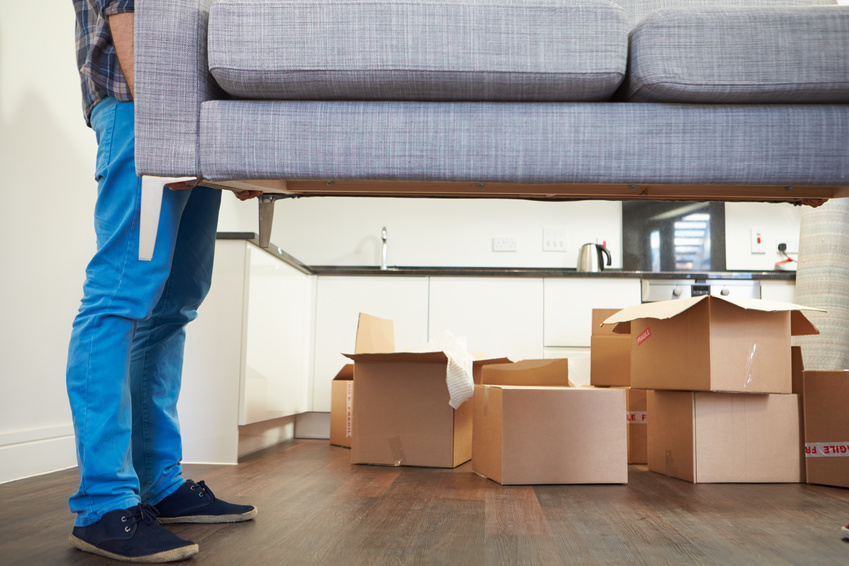This post contains affiliate links. Click here to read my affiliate policy.
Last Updated on January 2, 2024

Even though good health and fitness habits should be a part of life, sometimes, life gets in the way of our best intentions. Holidays, big life events like having a baby, and even career changes can all impact our fitness routines.
Though often overlooked as a life disruption, moving house can also halt a person’s fitness journey. The process of finding a new home and packing takes significant amounts of time and effort, which limits a person’s ability to keep up fitness goals. Since the average American moves 12 times in their life, regular relocation can impact a person’s health over the course of many years.
Luckily, with a little preparedness, nearly anyone can relocate without abandoning fitness aspirations. Whether you’re moving across town or across the ocean, try the following four tips to sustain your healthy lifestyle throughout the move:
1. Pack Smart
On average, an American household contains about 300,000 items. Without careful planning, the chaos of packing all of those belongings could potentially harm your health and fitness goals. Start early, and plan packing sessions in small increments. With shorter packing sessions, you’ll still be able to schedule time for quick workouts or meal prep. Additionally, trying to move every book and heavy piece of furniture in the same weekend could lead to a muscle or back injury. Protect your body and your workout habits by sticking to a reasonable packing plan.
2. Plan Your Meals
In the scramble of a move, it’s easy to lose track of time and fall behind on healthy food habits. With the cooking utensils packed, the fridge emptied, and no time to cook, ordering a pizza can be more tempting than ever. Try to plan easy and quick meals for moving days that won’t sabotage your fitness goals (here are some great paleo-friendly recipes). Or, make healthy slow-cooker meals you can enjoy for several days in a row with minimal hassle. Pack cooking essentials last so that you’ll be able to use them up until your final moving day. And, if you end up having to eat out, look for restaurants that offer lighter fare, like salads or protein-rich whole-grain sandwiches.
3. Focus On One Project At A Time
Many movers feel tempted to tackle multiple projects at once, especially when it comes to personalizing their new property. In fact, 48% of homeowners planned to decorate their homes in 2018. Though you may want to buy new furniture, remodel the new bathroom, and tear out the counter top, consider delaying projects until you’ve had time to settle. Holding off on a project can help you make wiser remodeling decisions, and it will give you time to reestablish your fitness regimen in your new home.
4. Practice Healthy De-Stressing
It’s no secret that moving is stressful. During hard times, even the most dedicated fitness enthusiasts may turn to unhealthy coping mechanisms to get through the storm. For example, 40% of Americans eat ice cream in a two-week period, and movers may reach for unhealthy treats even more often during a stressful move. The best way to resist this temptation is to plan for it. Eliminate sugary snacks in the house so you won’t grab them during a stressful packing session. Keep track of your worry levels, and take frequent breaks for better decision-making. Look for healthier methods to relieve stress, such as a brisk walk, a quick nap, reading a book, or even a deep-breathing exercise.
5. Make a Settle-In Plan
After you’ve brought all the boxes and furniture into your new house, you may be tempted to avoid unpacking. A short rest for a day or two is understandable, but don’t procrastinate for more than a week. Delaying the unpacking process means you won’t feel settled in your new home, which can allow unhealthy habits to creep in, like buying unhealthy foods or skipping workouts. Avoid feeling overwhelmed, and try unpacking in little increments. By getting back into a routine, your new house will feel like a healthy home in no time.
Moving, like any life event, can disrupt healthy habits. Use these tips to plan for a smoother transition. With a little planning, you can start the exciting new chapter in your life without leaving your fitness routine behind.
